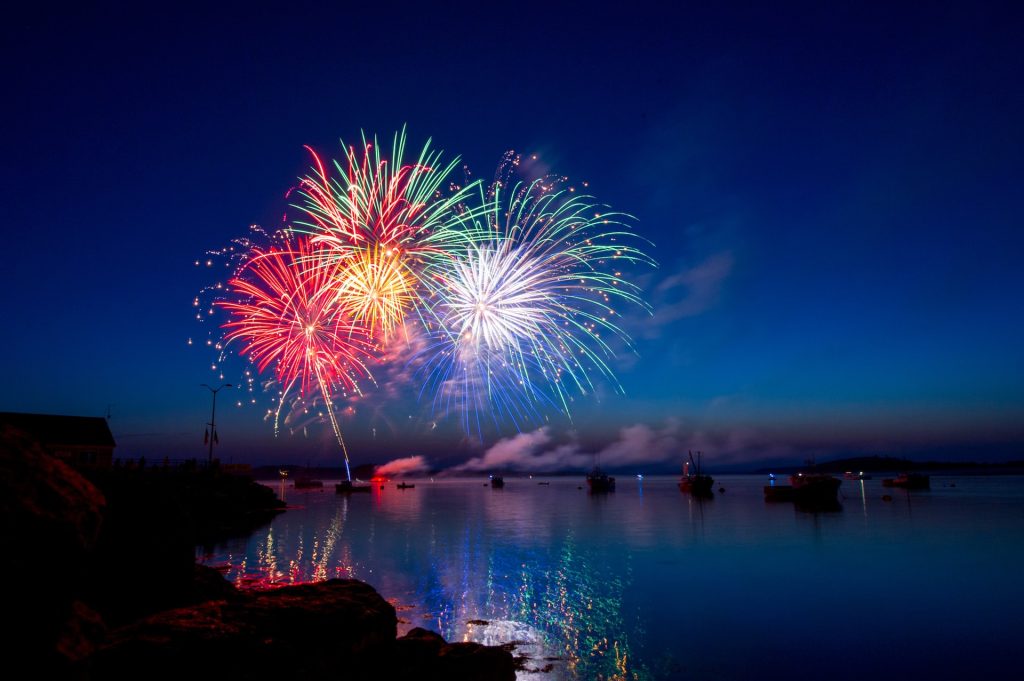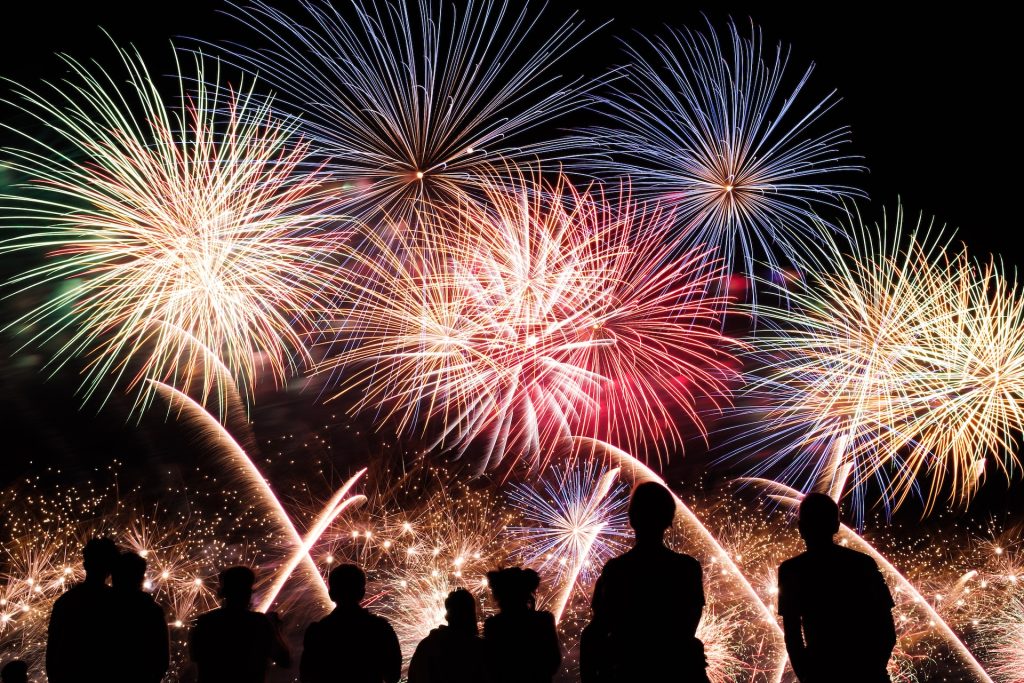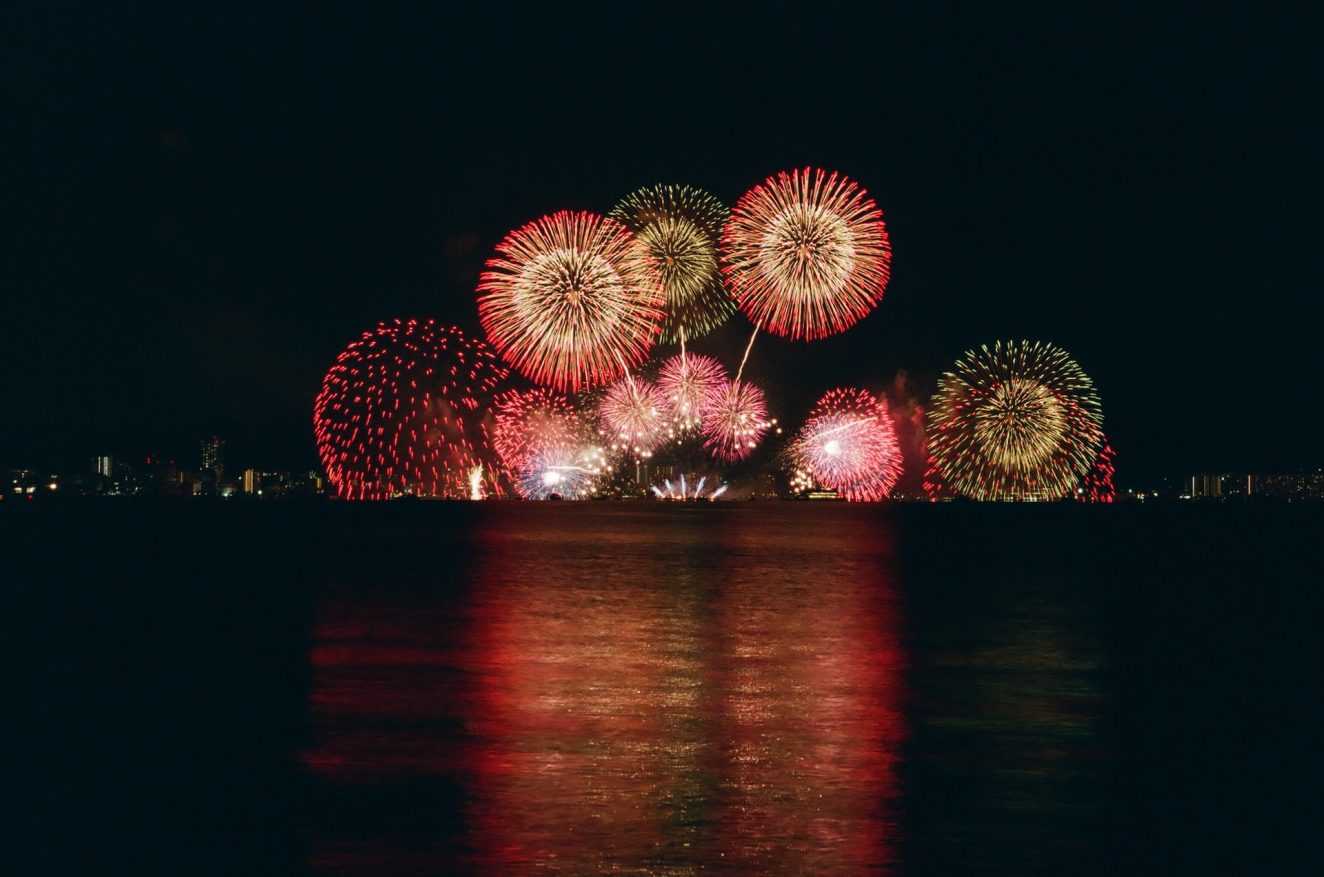Fireworks have the power to light up the night sky with a kaleidoscope of colors, leaving us in awe of their brilliance. They are synonymous with celebration and grand events, making them an essential part of New Year’s Eve, Fourth of July, and concerts. But have you ever wondered about the magic behind these dazzling displays? In this blog post, we’re going to take you on a journey through the history, chemistry, and allure of fireworks.

A Flashback in Time: The History of Fireworks
Fireworks are a testament to humanity’s love for color, light, and, of course, making things go “boom!” Their history can be traced back to ancient China, where it’s believed they were discovered by accident. It’s said that around 200 B.C., a Chinese cook mixed charcoal, sulfur, and saltpeter (potassium nitrate) to create a concoction that exploded when exposed to flame. And just like that, fireworks were born.
The Chinese quickly realized the potential for these colorful bursts of light, using them for various purposes, from warding off evil spirits to celebrating important events. Over time, knowledge of fireworks spread across Asia, the Middle East, and eventually to Europe. In the West, fireworks became synonymous with grand celebrations, including royal weddings and, of course, the iconic Fourth of July in the United States.
The Chemistry Behind the Bang and the Boom
Ever wondered how fireworks create such mesmerizing colors and thunderous explosions? It all comes down to the chemical composition of the pyrotechnic mixture and the art of timing.
- Fuel: Charcoal, commonly made from wood, serves as the fuel. It burns and generates heat, creating the fiery effects we love.
- Oxidizer: Saltpeter, or potassium nitrate, is the oxidizer that provides the oxygen needed for combustion. Without it, fireworks wouldn’t explode in the spectacular fashion we’re used to.
- Metal Salts: What gives fireworks their striking colors are metal salts. Different metals produce different colors when burned. For example, copper salts create blue, strontium salts give us red, and barium salts produce green. By carefully selecting these metal salts and controlling their proportions, pyrotechnicians can create a dazzling display of colors.
- Binders: Binders are added to hold the mixture together. Common binders include dextrin and gum arabic.
- Time-Delay Components: To create the awe-inspiring choreography of fireworks displays, pyrotechnicians use time-delay components. These components determine when each firework will explode, creating intricate patterns and sequences.

The Enchanting Science of Colors
Have you ever wondered why fireworks explode in such a mesmerizing array of colors? It’s all about the elements used in the pyrotechnic mixtures and their unique spectral properties.
- Red: Strontium compounds are responsible for the vibrant red hues in fireworks. Strontium has a strong red spectral line that dominates the visual display.
- Orange: Calcium is behind the warm orange tones. When calcium compounds burn, they emit orange light.
- Yellow: Sodium is the key ingredient for creating beautiful yellow fireworks. It emits a strong yellow glow when ignited.
- Green: Barium compounds are used to produce green colors. Barium burns with a distinctive green hue.
- Blue: Copper compounds are the magic behind those captivating blue fireworks. Copper ions emit a striking blue light when they’re heated.
- Purple and Violet: Combining strontium and copper compounds can create stunning shades of purple and violet.
- White: Titanium, aluminum, and beryllium can be used to create white fireworks. The combination of intense white light and the other colored fireworks makes for a visually stunning display.
The Magical Art of Pyrotechnics
What makes fireworks look so magical is not just the chemical reactions but the careful choreography and timing. Pyrotechnicians are like conductors leading an orchestra of fire in the night sky. They plan every detail of a fireworks display, from the arrangement of shells to the timing of each explosion.
A well-executed fireworks show can create dazzling shapes, like smiley faces, hearts, and even words. The precision and artistry of pyrotechnics have elevated fireworks from simple explosions to breathtaking works of visual and auditory art.
The Special Occasions and the Magic of Fireworks
Why are fireworks used on big events like concerts and New Year’s Eve? The answer is simple: fireworks are a universal symbol of celebration and joy.
- New Year’s Eve: When the clock strikes midnight on New Year’s Eve, fireworks light up the sky, signaling the start of a brand new year. It’s a tradition that’s celebrated across the globe, symbolizing hope, new beginnings, and the promise of the future.
- Independence Day: In the United States, the Fourth of July is synonymous with fireworks. The loud cracks and brilliant bursts of color represent the nation’s independence and the spirit of freedom.
- Concerts and Festivals: Fireworks at concerts and music festivals take the magic to a whole new level. The combination of live music and pyrotechnics creates a sensory experience like no other, adding a visual and auditory spectacle that leaves audiences in awe.
- Weddings and Special Events: More and more couples are incorporating fireworks into their wedding celebrations. The grandeur and beauty of fireworks make these special moments even more unforgettable.

In conclusion, fireworks are a brilliant marriage of science and art, turning chemical reactions into awe-inspiring displays of light and sound. They’ve been a part of human celebrations for centuries, lighting up our most joyous occasions with their magic. So, the next time you’re gazing up at the night sky, watching the fireworks burst into life, remember the centuries of history and chemistry that have gone into creating those enchanting moments of celebration.





